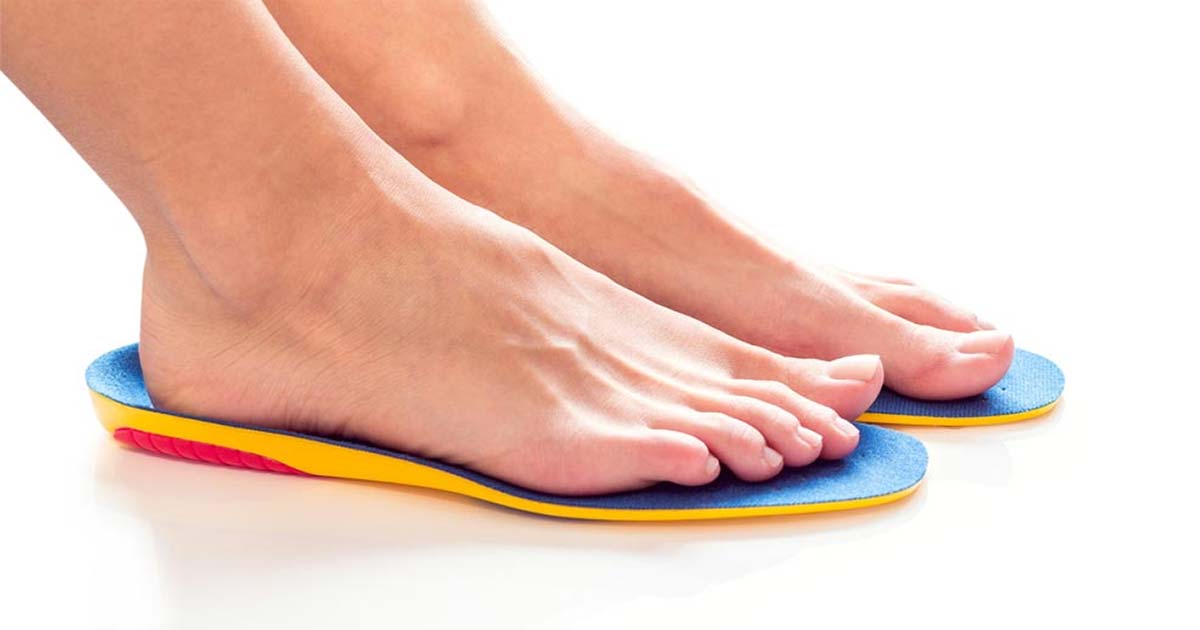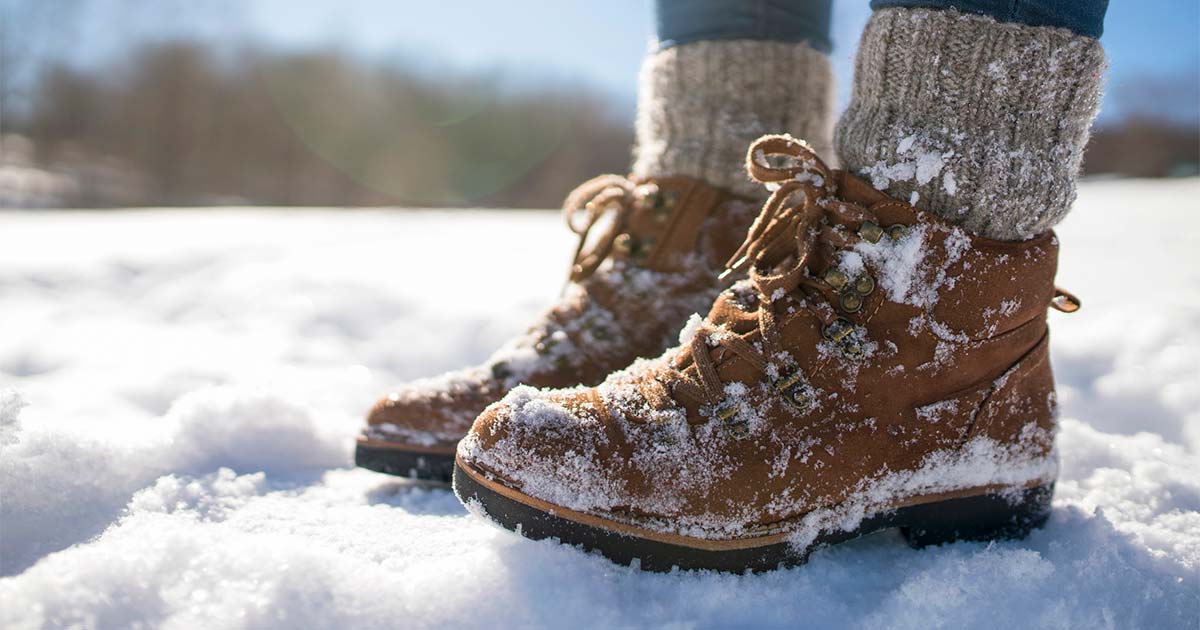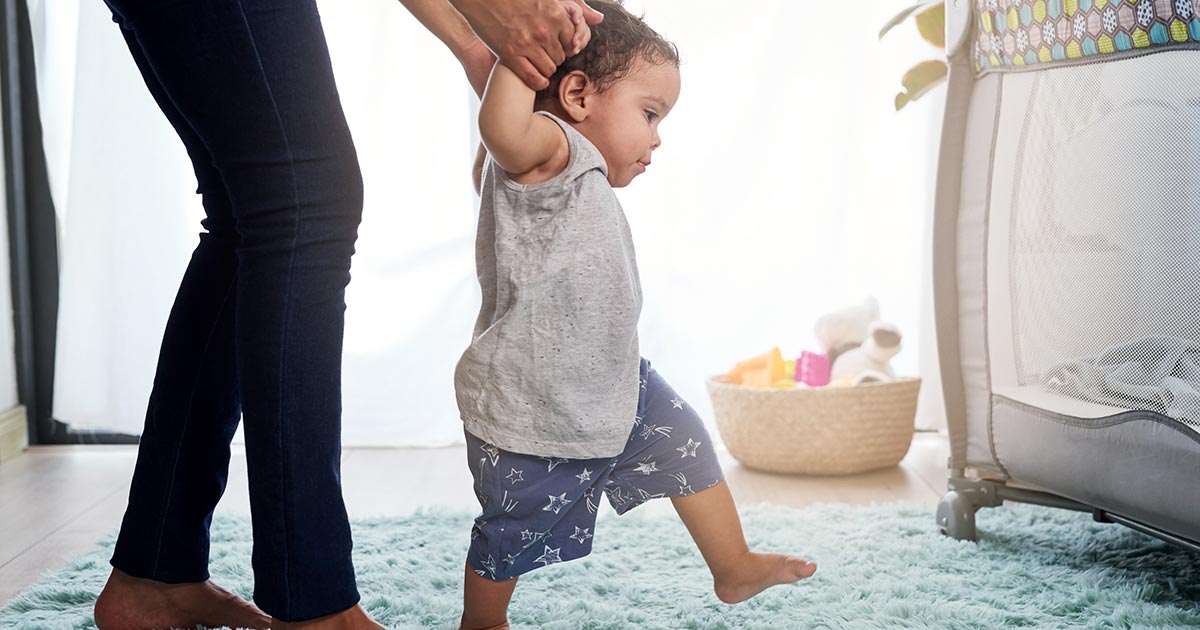
Advice to improve your movement, fitness, and overall health from the #1 in orthopedics in the U.S.
How to Help Your Feet Weather the Winter
Foot and ankle surgeon A. Holly Johnson shares how to keep your feet happy, healthy and ready for action.
Advice to improve your movement, fitness, and overall health from the #1 in orthopedics in the U.S.

Take, for example, the big toe. If you have a bunion, you might shift your weight toward the outside of the affected foot when you walk. This in turn throws off the alignment of everything above it, which can stress the tendons and ligaments in your knee or hip and lead to additional problems.
Untreated foot problems can also prevent people from succeeding in one of the most common new year’s resolutions: getting more exercise. “Being physically active is essential for everyday health,” says Dr. Johnson. “If foot pain is preventing you from doing the activities you love, it’s important to get it evaluated by a medical professional such as an orthopedist foot and ankle surgeon.”
While good foot health is vital any time of year, there are a few special circumstances that you want to watch out for when the temperatures drop. Here’s Dr. Johnson’s best advice for helping your feet weather the winter.
Choose the right shoes
Some people go barefoot or wear flip-flops indoors year-round, and that’s generally fine, says Dr. Johnson. (Of course, if your doctor advises you to do otherwise, heed their advice.) Stepping outside, however, is a different matter. “Your toes are the body parts that are farthest from your heart, so it’s hardest to keep the blood flowing to them, especially when it’s cold,” she says. Wear insulated boots or other appropriate footwear for your activity, such as winter running shoes or hiking boots. Also wear wicking socks, which will help your feet stay warmer by keeping them from getting wet.
Find the best fit
It may seem strange, but our feet change size and shape over the course of a lifetime. So the boots that felt fine last year may be painfully tight when you try them on today. Don’t grin and bear it, says Dr. Johnson. “Closed-toe footwear can aggravate underlying issues like arthritis or a bunion,” she explains. “If you have new pain, see a foot and ankle specialist, orthopedist or other medical practitioner for an evaluation.”
Ease into activities
If you’re going to be skiing, ice skating or doing another winter-weather sport, keep in mind that your feet are going to have to adapt along with the rest of your body. Don’t dive in and do a few hours right away: Pay attention to your body and stop before you’re fatigued and your form gets sloppy. Also, try on last year’s gear before you go, and remeasure your foot any time you shop for new footwear, including sports gear. “I tell patients, ‘If a shoe is comfortable, then most often it’s the right fit. If it’s not, keep looking,’” she says.
Don’t ignore injuries
Not surprisingly, slipping on ice is more common in the winter months, so sprains, strains and even ankle breaks can happen. If it’s just a little tweak, you may be able to baby your ankle at home using the RICE method: Rest the foot, apply ice (keeping a cloth between your skin and the ice pack), wrap the ankle in an ACE bandage and elevate it whenever possible. You can also take over-the-counter pain medicine as directed. If the pain persists for more than a week or you cannot bear weight due to pain, seek professional help.
Published 2/1/2022

